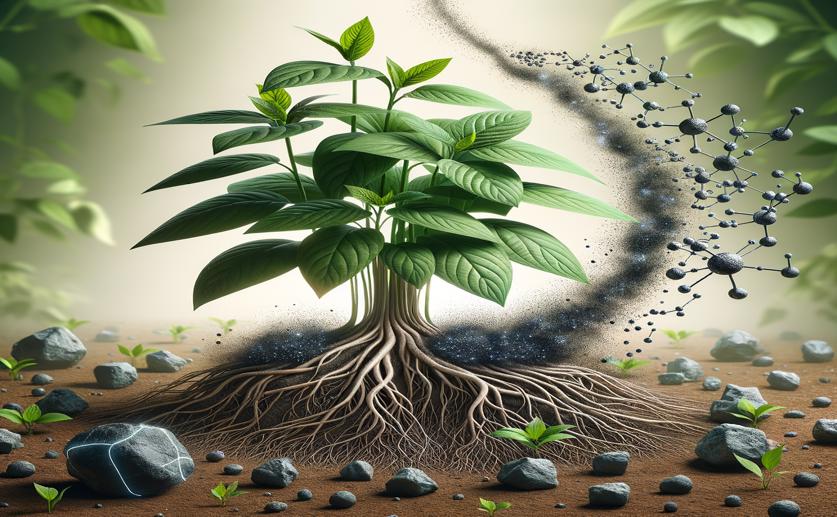
How a Medicinal Plant Fights Lead Pollution: Insights from Protein Analysis
Jenn Hoskins
7th August, 2024

Image Source: Natural Science News, 2024
Key Findings
- Researchers at West Anhui University studied the effects of lead stress on Dendrobium huoshanense, a medicinal plant
- Lead exposure in D. huoshanense triggers changes in protein expression, affecting photosynthesis, energy production, and antioxidant enzyme activity
- The plant enhances its photosynthetic efficiency and energy production while increasing antioxidant enzyme levels to cope with lead toxicity
EnvironmentBiochemPlant Science
References
Main Study
1) Underlying mechanism of Dendrobium huoshanense resistance to lead stress using the quantitative proteomics method
Published 6th August, 2024
https://doi.org/10.1186/s12870-024-05476-9
Related Studies
2) Alteration of leaf shape, improved metal tolerance, and productivity of seed by overexpression of CsHMA3 in Camelina sativa.
3) Comparative proteomics analysis of peanut roots reveals differential mechanisms of cadmium detoxification and translocation between two cultivars differing in cadmium accumulation.
4) De Novo Transcriptome Assembly, Gene Annotations, and Characterization of Functional Profiling Reveal Key Genes for Lead Alleviation in the Pb Hyperaccumulator Greek Mustard (Hirschfeldia incana L.).



 17th July, 2024 | Jenn Hoskins
17th July, 2024 | Jenn Hoskins